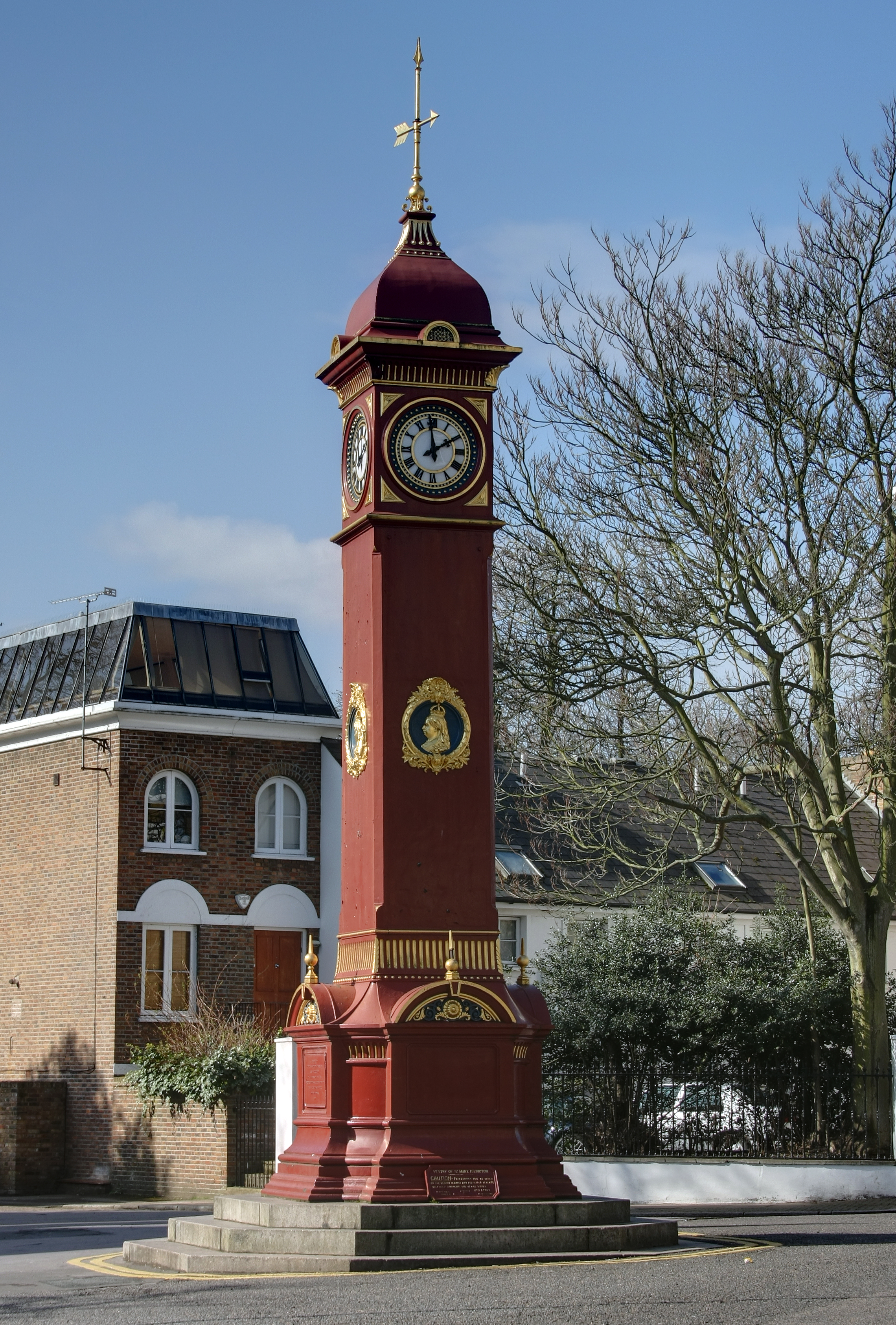|
Henry Rydon
Henry Rydon (died January, 1885) was a London property developer active in the 1850s. He was originally a tailor based at Finsbury Circus. During the 1830 he became involved in land ownership developing a brickfield and acquiring land near where he lived in Highbury. The Rydon Arms, a public house built in an area of Islington he was developing near Arlington Street and new North Road New North Road may refer to: * New North Road, Islington, a road in London * New North Road, New Zealand, a road in Auckland {{geodis ... bears his name. References {{reflist 1885 deaths ... [...More Info...] [...Related Items...] OR: [Wikipedia] [Google] [Baidu] |
Finsbury Circus
Finsbury Circus is a park in the Coleman Street Ward of the City of London, England. The 2 acre park is the largest public open space within the City's boundaries. It is not to be confused with Finsbury Square, just north of the City, or Finsbury Park, a few miles away. History and features The circus was created in 1812 on the site of the former Lower Moorfields, an area which was originally part of the Manor of Finsbury, a manor which had existed since the twelfth century, on which the second Bethlem Royal Hospital had stood since 1675. The "circus" of the name reflects the elliptical shape of the space, similar to the circus venues of ancient Rome, in this case with a long axis lying west-east. The original houses, the last of which were demolished in 1921, were intended for merchants and gentlemen, but were soon broken up internally and leased for solicitors and other professions. The gardens, featuring a circuit of lime trees, were developed by William Montague to th ... [...More Info...] [...Related Items...] OR: [Wikipedia] [Google] [Baidu] |
Brickfield
A brickfield is a field or other open site where bricks are made. Land may be leased by an owner to a brickmaster, by whom the manufacture of bricks may be conducted. Historically, the topsoil was typically removed and the clay beneath was stripped and mixed with chalk and ash to make bricks. In pre-19th-century England, most areas the brickfield owner hired a brickmaster at a price per thousand bricks to superintend the site and take full responsibility for the output of the operations. He in turn contracted with moulders to temper, mould and hack the bricks. Each moulder then hired his own 'gang' of subsidiary labourers and acted as their employer. Subsequently, the field (if not too damaged ecologically) could be used for horticulture. In Kent such fields were often planted with fruit trees. Brickfields were mainly created from 1770 to 1881, when a new shaly clay was discovered at Fletton. This period coincided with the housing and railway boom in London and cheap river-t ... [...More Info...] [...Related Items...] OR: [Wikipedia] [Google] [Baidu] |
Highbury
Highbury is a district in North London and part of the London Borough of Islington in Greater London that was owned by Ranulf brother of Ilger and included all the areas north and east of Canonbury and Holloway Roads. The manor house was situated by what is now the east side of Hornsey Road near the junction with Seven Sisters Road. After the manor decayed, a new manor house was built in 1271 (see below) to the south-east; to differentiate it from the original manor and because it was on a hill, it was called Highbury, from which the area takes its name. The site for Highbury Manor was possibly used by a Roman garrison as a summer camp. During the construction of a new Highbury House in 1781, tiles were found that could have been Roman or Norman; however, these have been lost. Highbury Manor Ownership of Highbury eventually passed to Alicia de Barrow, who in 1271 gave it to the Priory of St John of Jerusalem, also known as the Knights Hospitallers in England. The wealthy ... [...More Info...] [...Related Items...] OR: [Wikipedia] [Google] [Baidu] |
New North Road, Islington
The New North Road is a road in northern central London, forming part of a link road from the A1 at Highbury into the City of London at Moorgate. It is in length and is part of the A1200. This link road consists of Canonbury Road and New North Road, before several smaller sections to the south leading into the city. This part of the link begins at the Essex Road crossroads in the London Borough of Islington: Canonbury Road enters from the north-west, whilst New North Road continues in a south-easterly direction. It continues south-east and crosses into the London Borough of Hackney, passing to the west of Shoreditch Park. It bears to the south, and ends at a junction with Pitfield Street. A link road continues shortly before the end of New North Road, becoming East Road for a short distance, before meeting up with City Road near Moorfields Eye Hospital and Old Street station. History New North Road was built to provide a new route northwards from Old Street to Highbury, as ... [...More Info...] [...Related Items...] OR: [Wikipedia] [Google] [Baidu] |



